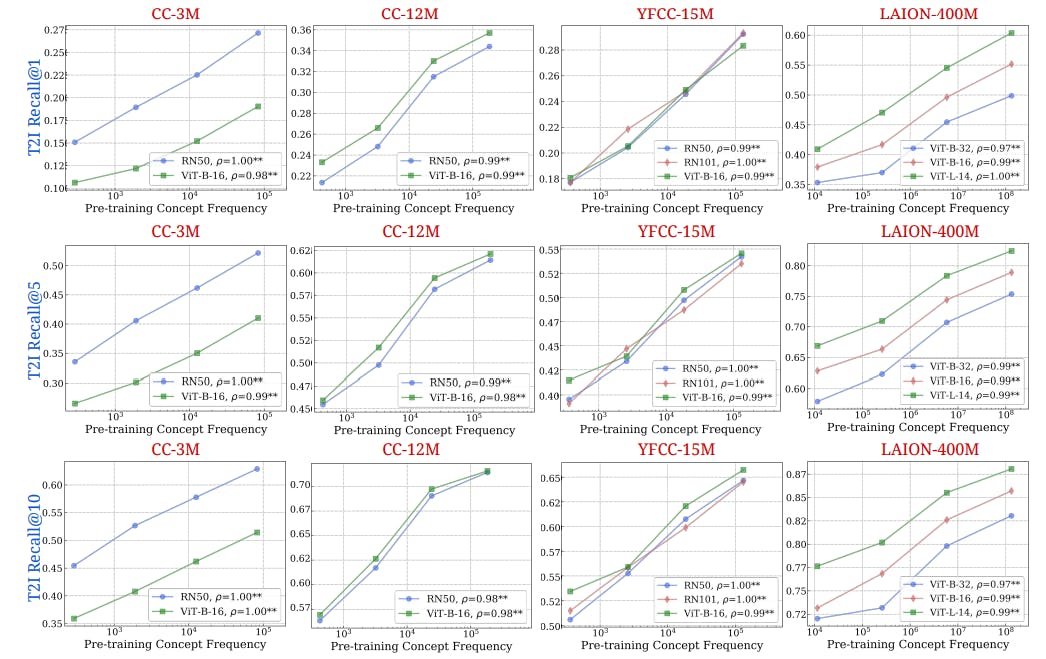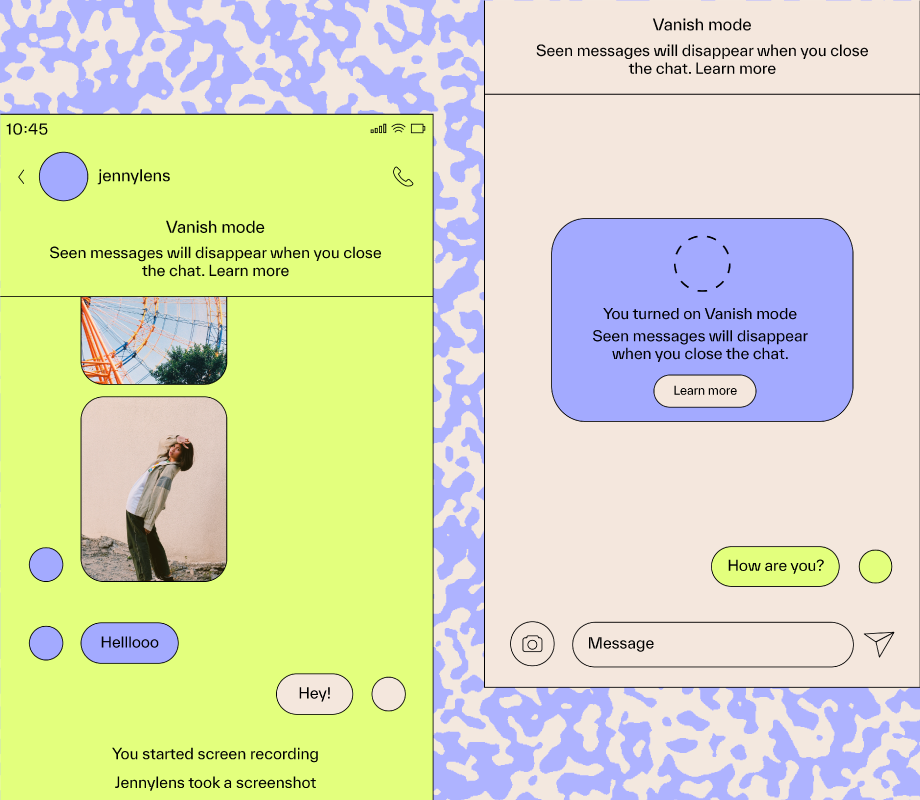Table of Links
Abstract and 1. Introduction
2 Concepts in Pretraining Data and Quantifying Frequency
3 Comparing Pretraining Frequency & “Zero-Shot” Performance and 3.1 Experimental Setup
3.2 Result: Pretraining Frequency is Predictive of “Zero-Shot” Performance
4 Stress-Testing the Concept Frequency-Performance Scaling Trend and 4.1 Controlling for Similar Samples in Pretraining and Downstream Data
4.2 Testing Generalization to Purely Synthetic Concept and Data Distributions
5 Additional Insights from Pretraining Concept Frequencies
6 Testing the Tail: Let It Wag!
7 Related Work
8 Conclusions and Open Problems, Acknowledgements, and References
Part I
Appendix
A. Concept Frequency is Predictive of Performance Across Prompting Strategies
B. Concept Frequency is Predictive of Performance Across Retrieval Metrics
C. Concept Frequency is Predictive of Performance for T2I Models
D. Concept Frequency is Predictive of Performance across Concepts only from Image and Text Domains
E. Experimental Details
F. Why and How Do We Use RAM++?
G. Details about Misalignment Degree Results
H. T2I Models: Evaluation
I. Classification Results: Let It Wag!
A Concept Frequency is Predictive of Performance Across Prompting Strategies
We extend the zero-shot classification results from Fig. 2 in Fig. 8 with two different prompting strategies: the results in the main paper used the {classname} only as the prompts, here we showcase both (1) “A photo of a {classname}” prompting and (2) 80 prompt ensembles as used by Radford et al [91]. We observe that the strong log-linear trend between concept frequency and zero-shot performance consistently holds across different prompting strategies.
B Concept Frequency is Predictive of Performance Across Retrieval Metrics
We supplement Fig. 2 in the main paper, where we showed results with the text-to-image (I2T) recall@10 metric. In Figs. 9 and 10, we present results for the retrieval experiments across all six metrics: I2T-Recall@1, I2T-Recall@5, I2T-Recall@10, T2I-Recall@1, T2I-Recall@5, T2I-Recall@10. We observe that the strong log-linear trend between concept frequency and zero-shot performance robustly holds across different retrieval metrics.
Authors:
(1) Vishaal Udandarao, Tubingen AI Center, University of Tubingen, University of Cambridge, and equal contribution;
(2) Ameya Prabhu, Tubingen AI Center, University of Tubingen, University of Oxford, and equal contribution;
(3) Adhiraj Ghosh, Tubingen AI Center, University of Tubingen;
(4) Yash Sharma, Tubingen AI Center, University of Tubingen;
(5) Philip H.S. Torr, University of Oxford;
(6) Adel Bibi, University of Oxford;
(7) Samuel Albanie, University of Cambridge and equal advising, order decided by a coin flip;
(8) Matthias Bethge, Tubingen AI Center, University of Tubingen and equal advising, order decided by a coin flip.


![Figure 8: Log-linear relationships between concept frequency and CLIP zero-shot performance. Across all tested architectures (RN50, RN101, ViT-B-32, ViT-B-16, ViT-L-14) and pretraining datasets (CC-3M, CC-12M, YFCC-15M, LAION-400M), we observe a consistent linear relationship between CLIP’s zero-shot classification accuracy on a concept and the log-scaled concept pretraining frequency. This trend holds for both “A photo of a {classname}” prompting style and 80 prompt ensembles [91]. ** indicates that the result is significant (p < 0.05 with a two-tailed t-test.), and thus we show pearson correlation (ρ) as well.](https://hackernoon.imgix.net/images/fWZa4tUiBGemnqQfBGgCPf9594N2-ie833e1.png?auto=format&fit=max&w=3840)










